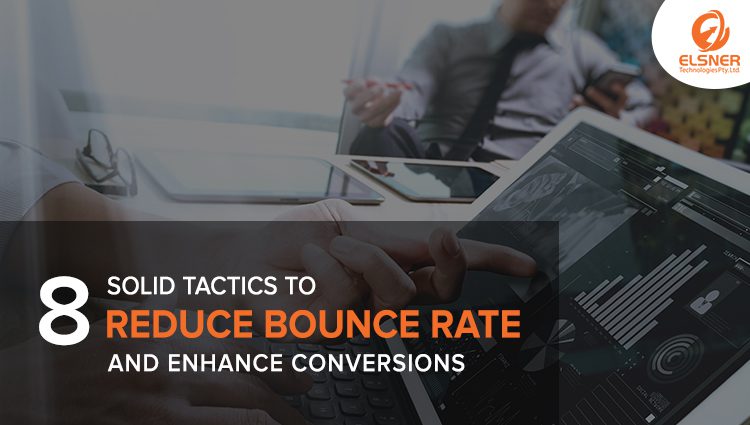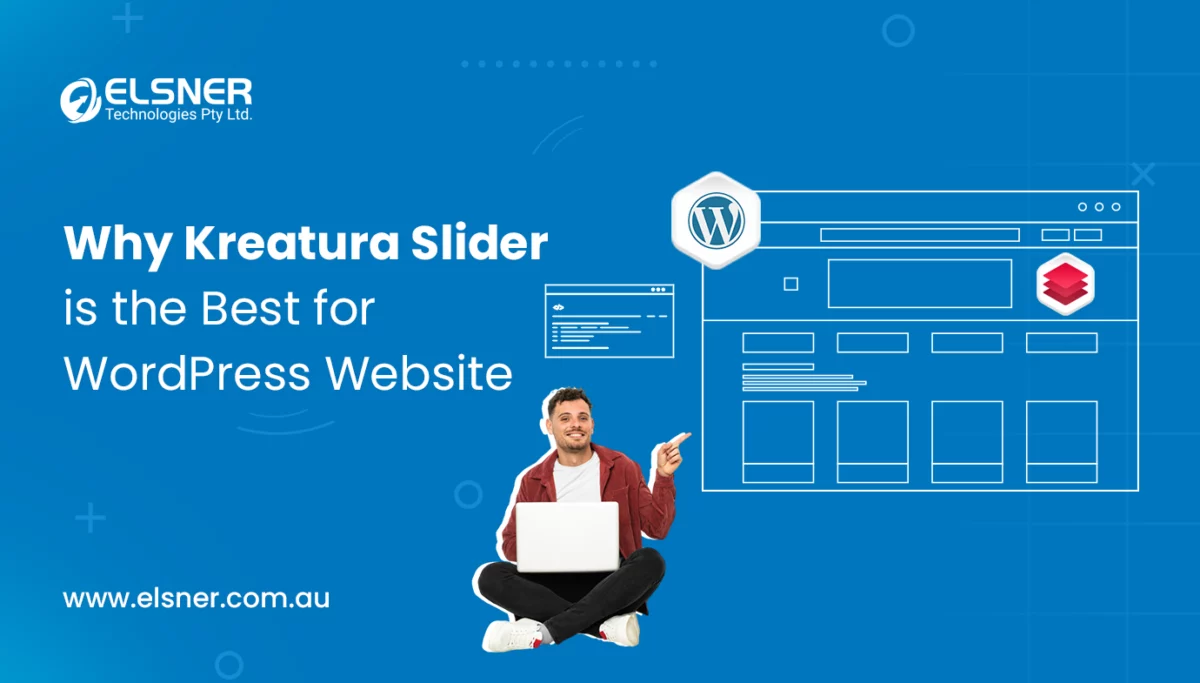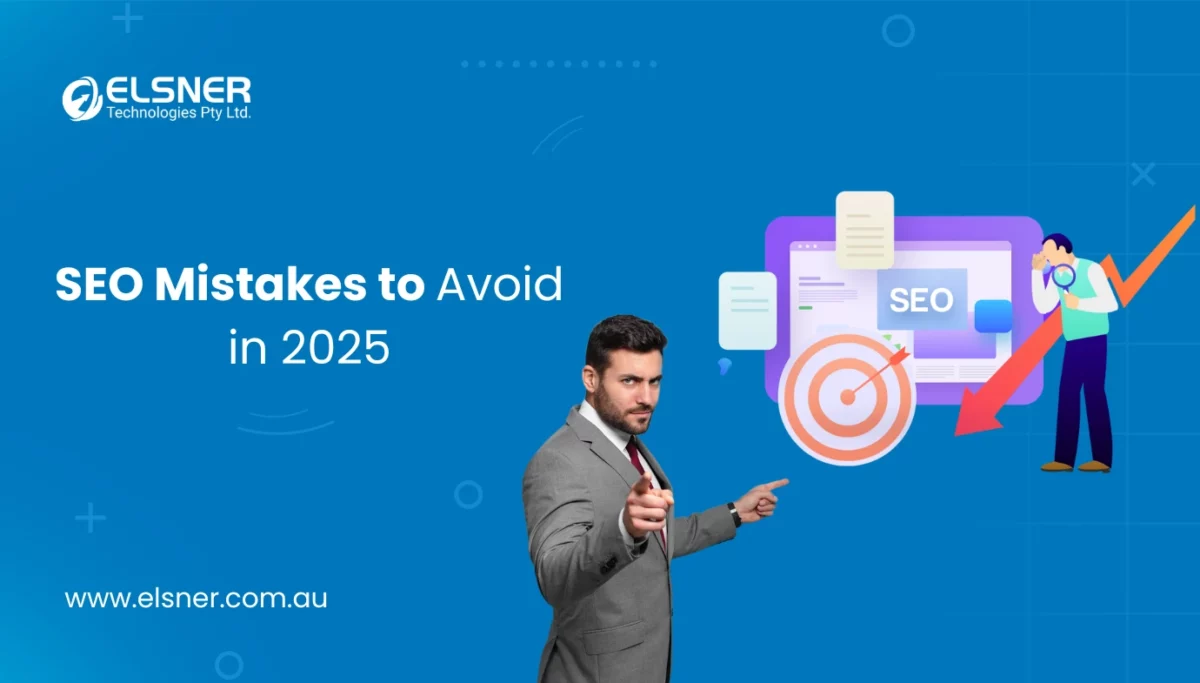8 Solid Tactics to Reduce Bounce Rate and Enhance Conversions
SEOIt is a good thing that you have acknowledged that your website bounce rate can be improved. It is like a kid knowing he has to read the whole night before the exam as he is poor in History.
Not every time we visit a store and get everything about our choice. What do we do? Walk out of the store. This means you have bounced.
Reasons? Maybe you didn’t like the service of the store or maybe they do not have products that you are looking for or their prices are too high. The same thing happens when users visit your website, due to any such reason they leave your website and yes it hurts!
When the bounce rate is high it means there are many reasons your visitors have left your site. Let’s learn the bounce rate in a more precise manner.
What Actually is Bounce Rate?
The bounce rate is the percentage of users who visit your website but leave without going to the next page.
A visitor can bounce your websites in many ways;
➼ By clicking the link to another website
➼ Clicking back button to leave the site
➼ Closing the tab or typing a different URL
➼ When the session is timed out – hosting errors
You can justify a bounce rate by calling it a normal user behaviour. Bounce rate is normal but there is a concept such as good bounce rate and poor bounce rate.
First, let us analyse the average bounce rate as per the industrial standards.
Bounce Rate as per the Industrial Standards
➼ 80% Bounce Rate = Worst
➼ 70 – 80% Bounce rate = Poor
➼ 50 – 70% Bounce rate = Average
➼ 30 -50% Bounce rate = Good
20 or less than this can be a tracking error which is because of incorrect implementation of events tracking, duplicate analytics code and live chat plugins.
You can follow the above metrics, bounce rate is different across the industries and the type of content the site is providing.
If your bounce rate is higher than the average rate, your website may be having various trouble such as poor navigation, not power call-to-action, and low usability.
If you are sailing in the boat of poor bounce rate, worry not! We have presented several tricks to reduce the bounce rate. Let us see some of them!
1. Improve the Readability of the Content
Your target customer may leave the site and one such reason could be the lack of readability.
User experience starts only when the content is readable – present in a more concise way.
Avoid using the large chunks as it scares your readers!
The blogs of many websites are outstanding but the formatting lags behind. Resulting in a high bounce rate.
Sometimes customers are not benefited by the content, enabling not so good user experience.
It is important to layout the post in a simple manner so your users won’t find it difficult.
Even when you are writing a technical blog, always break the post into different segments and write it as you speak.
Write the headline first, it should be bold. You can also use bullet points and subheadings to make the article like a pleasant journey.
Here are some of the tactics you can use to make your content more readable:
➼ Make use of subheading to give emphasis on the main topic;
➼ Try using bullet points to explain the main pointers of the write-up;
➼ Make use of images, charts, quotes, and screenshots from the expert of the industry;
➼ Do not bold keywords in abundance;
➼ Always end your article with a “conclusion”. This is will your readers get a summary of the article.
2. Avoid Using Additional Popups
According to one survey, 70% of the users hate unnecessary popups.
It is one of the most debatable topics among marketers and site owners of whether to use the popups or not.
When the user visits a site, the popups can disrupt their reading, and they might even leave the site.
On the other hand, there are also good points about popups as they can grow the email list very quickly.
If you wish to build a long-term site that generates lots of organic traffic, avoid using too many popups on your website.
Even if you are creating useful popups make them interesting and inconspicuous.
Some popups that are well designed can help you to convert visitors into permanent readers, which would help in improving the conversion rates.
When we are talking about the traffic of the search engine, user experience becomes the most vital part.
3. Say No to Deceiving Title Tag and Meta
Due to deadlines and continuous on-page activities, there are times when we do not pay attention to the meta description and title tag.
Visitors would be expecting one thing from the content and they won’t find it in your article so they would leave the website permanently.
Whether it was through mistake or result of your smart brain, you can easily fix it.
You can review the content of the page or adjust the meta and title accordingly or can rewrite the content to perform well with the search queries.
4. Remove Unauthorised Link from the Website
It is possible for you to achieve a low or normal bounce rate from organic search results, and you could still have a high bounce rate from referral traffic.
The suggesting site may send some unqualified visitors, the context for the link, or anchor text which could be misleading.
Sometimes it also could be the result of careless copywriting.
Here the publisher or the writer would link to the wrong part of the copy or they didn’t want to link to your site.
If any unauthorized link is attached to your site, remove the link and then update the context which makes sense.
There are also scenarios where the other website may destroy your site with adverse SEO tactics, may because of rivalry or mere fun.
Rather than being rude, you can also politely ask them to remove the link, but when required, you will want to update the disavow file in Search Console.
Disavowing the link would not help in the reduction of bounce rate but it will tell Google of not considering that site’s link when it comes to determining the relevance of your site and determining its quality.
5. Ignore Unoptimized and Low-quality Content
Visitors may bounce from your website when your content is not relevant or bad.
Have a look at your page more consciously and find the best editor to review your write-up. A person who has experience in content marketing and copywriting.
If your content is well-written, it is also important to optimise it for better presentation. You can employ the following points to optimise your online content.
➼ Always keep images and break the copy in proper segments.
It is important to brush up your online copywriting skills to extend the time people spend in reading the content.
Another possibility is that there are chances that the content is not high-quality or it is not as per the expectation of the target audience.
You can hire a professional content writer who can create as per the SEO tactics, enabling you to generate links and traffic.
6. Remove Technical Error or Blank Page
If the bounce rate is high and you see that people are spending very few pages on the page, it means your page is returning to 404, it’s completely blank or not loading very properly.
You can see the page from the audience’s device configurations or browsers to know their experience on your website.
You can also use the Search Console under Coverage to discover the issue as per Google’s perspective.
You can correct the issue yourself or talk to someone who can solve the issue by enquiring Google to drop the page from the search results. This helps in reducing the bounce rate in Google analytics.
7. Fight with Slow Loading Speed
Site speed is also one of the essential parts of Google’s algorithm, so it is imperative to focus on good SEO.
Google only wants to publish and promote content that gives positive experience to the users, and they have recognised that slow site magnifies the bounce rate of the website, which is not at all good.
If your page takes more time to load, your visitor would be fed up and probably leave.
Fixing site speed can take more time for webmasters and SEO professionals, but with the help of incremental fix, you can see a tremendous boost in the speed.
You can know your page speed by using various tools like:
➼ Pingdom
➼ GTMetrix
➼ Google PageSpeed Insights
These tools would be helpful suggestions such as reducing third-party scripts, leveraging browser caching, and compressing your images.
8. Strive Making Mobile-friendly Website
Everybody knows that mobile-friendliness is mandatory for attracting the customer, but very fewer webmasters actually pay attention to this factor.
The fact is there were around a quarter of top websites that were not mobile-friendly.
Websites that are not optimized for mobile, do not work properly on mobile devices and also they do not load faster and this is one of the greatest reasons for the high bounce rate.
Even if your website was using responsive design principles, the live page may not be mobile-friendly to the user.
The website might also suffer when the essential information is moved below-the-fold.
Instead of seeing a title that matches what they saw in search, users are only able to see the site’s navigation menu.
If you see a page which has a high google analytics bounce rate and no glaring issues, always check the mobile-friendliness of your website.
How can you check the reduced bounce rate of eCommerce stores? By using tools such as the Test My Site tool.
Parting Thoughts
In this article, you have learned various ways to boost the conversion and reduce the bounce rate. However, the bounce rate would be high in the absence of high-quality content.
In order to avoid that, you have to create an editorial content strategy and editing skills.
When you take care of all the technical and UI factors, undoubtedly there will be a drastic change in the bounce rate of your site.
When you will know the art of satisfying the users with relevant content and seamless web experience, it results in increased search traffic, lead generation, and inbound links.
We hope these 8 tactics would be beneficial for you and also help you to boost up your conversions.


















